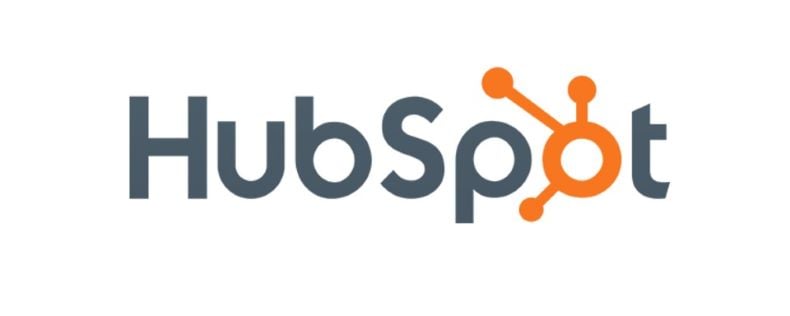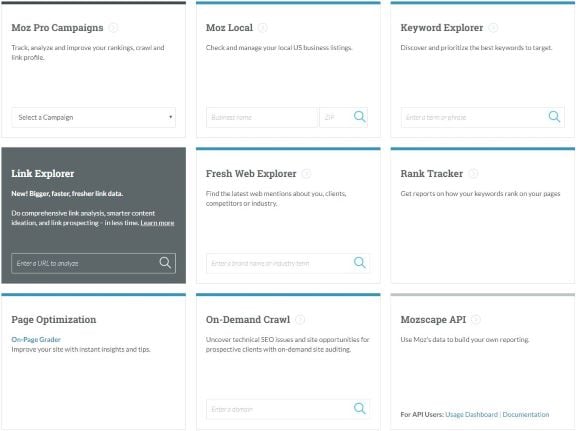From customer relationship management to tracking analytics, marketing analytics tools are important in the modern world. Learn how to make the most of these tools.
What do you usually find in a toolbox? A hammer, screwdriver, nails, tape measure? If you’re building a bird house, these would be perfect for you, but what if you’re creating a marketing campaign? What tools do you want at your disposal? It’s okay if you can’t come up with any. We’re here to help.
Industry’s leading marketing analytics tools
These days marketing is all about data. Whether it’s a click on an email or an abandoned cart on Amazon, marketers are using data to better cater to the needs of the consumer. To analyze and use this data, marketers have a toolbox of their own.
So what are some of these tools and what do they offer? Here, at Data Science Dojo, we’ve come up with our top 5 marketing analytics tools for success:
Customer relationship management platform (CRM)
A CRM is a tool used for managing everything there is to know about the customer. It can track where/when a consumer visits your site, tracks the interactions on your site, and creates profiles for leads. A few examples of CRMs are:
- Salesforce
- Hubspot
- Microsoft Dynamics 365

HubSpot, along with the two others listed above, took the idea of a CRM and made it into an all-inclusive marketing resort. Along with the traditional CRM uses, HubSpot can be used to:
- Manage social media
- Send mass email campaigns
- View traffic, campaign, and customer analytics
- Associate emails, blogs, and social media posts to specific marketing campaigns
- Create workflows and sequences
- Connect to your other analytics tools such as Google Analytics, Facebook Ads, YouTube, and Slack.
HubSpot continues its effectiveness by creating reports allowing its users to analyze what is and isn’t working.
This is just a brief description revealing the tip of the iceberg of what HubSpot does. If you want to see below the water line, visit its website.
Search software
Search engine optimization (SEO) is the process of a website ranking on search engines. It’s how you can find everything you have ever searched for on Google. Search software helps marketers analyze how to best optimize websites for potential consumers to find.
A few search software companies are:
I would love to describe each one of the above businesses, but I only have experience with Moz. Moz focuses on a “less invasive way (of marketing) where customers are earned rather than bought”.
Its entire business is focused on upgrading your SEO. Moz offers 9 different services through its Moz Pro toolkit:

I love Moz Keyword Explorer. This is the tool I use to check different variations of titles, keywords, phrases, and hashtags. It gives four different scores, which you can see in the photo below.

Now, there’s not enough data to show the average monthly volume for my name, but, according to Moz, it wouldn’t be that difficult to rank higher than my competitors, people have a high likelihood of clicking, and the Priority explains that my name is not a “sweet spot” for high volume, low difficulty, and high CTR. In conclusion, using my name as a keyword to optimize the Data Science Dojo Blog isn’t the best idea.
Read more about marketing analytics in this blog
Web analytics service
We can’t talk about marketing tools and not to mention Web Analytics Services. These are some of the most important pieces of equipment in the marketer’s toolbox. Google Analytics (GA) is a free web analytics service that integrates your company’s website data into a meticulously organized dashboard.
I wouldn’t say GA is the be-all and end-all piece of equipment, and there are many different services and tools out there, however, it can’t be refuted that Google Analytics is a great tool to integrate into your company’s marketing strategy.
Some similar Web Analytics Services include:

Some of the analytics you’ll be able to understand are
- Real-time data – Who’s on your site right now? Where are the users coming from? What pages are they looking at?
- Audience Information – Where do your users live, age range, interests, gender, new or returning visitor, etc.?
- Acquisition – Where did they come from (Organic, Direct, Paid Ads, Referrals, Campaigns)? What day/time do they land on your website? What was the final URL they visited before leaving? You can also link to any Google Ads campaigns you have running.
- Behavior – What is the path people take to convert? How is your site speed? What events took place (Contact form submission, newsletter signup, social media share)?
- Conversions – Are you attributing conversions by first touch, last touch, linear, or decay?
Understanding these metrics is amazingly effective in narrowing down how users interact with your website.
Another way to integrate Google Analytics into your marketing strategy is by setting up goals. Goals are set up to track specific actions taken on your website. For example, you can set up goals to track purchases, newsletter signups, video plays, live chat, and social media shares.
If you want a more in-depth look at what Google Analytics can offer, you can learn the basics through their Analytics Academy.

Analysis and feedback platform (A&F)
A&Fs are another great piece of equipment in the marketer’s toolbox; more specifically for looking at how users are interacting on your website. One such A&F, HotJar, does this in the form of heatmaps and recordings. HotJar’s integrated tracking pixel allows you to see how far users scroll on your website and what items were clicked the most.
You can also watch recordings of a user’s experience and even filter down to the URL of the page you wish to track, (i.e. /checkout/). This allows you to capture the user’s unique journey until they make a purchase. For each recording, you can view audience information such as geographical location, country, browser, operating system, and a documented list of user actions.
In addition to UX/UI metrics, you can also integrate polls and forms on your website for more intricate data about your users.
As a marketing manager, these tools help to visualize all of my data in ways that a pivot table can’t display. And while I am a genuine user of these platforms, I must admit that it’s not the tool that makes the man, it’s the strategy. To get the most use out of these platforms, you will need to understand what business problem you are trying to solve and what metrics are important to you.
There is a lot of information that these dashboards can provide you. However, it’s up to you to filter through the noise. Not every accessible metric applies to you, so you will need to decide what is the most important for your marketing plan.
A few similar platforms include:
Experimentation platforms
Experimentation platforms are software for experimenting with different variations of a sample. Its purpose is to run A/B tests, something HubSpot does, but these platforms dive head first into them.

Where HubSpot only tests versions A and B, experimentation platforms let you test versions A, B, C, D, E, F, etc. They don’t just test the different versions, they will also test different audiences and how they respond to each test version. Searching “definition experimentation platforms” is a good place to start in understanding what experimentation platforms are. I can tell you they are a dream come true for marketers who love to get their hands dirty in behavioral targeting.
Optimizely is one such example of a company offering in-depth A/B testing. Optimizely’s goal is to let you spend more time experimenting with the customer experience and less time wading through statistics to learn what works and what doesn’t. If you are unsure what to do, you can test it with Optimizely.
Using companies like Optimizely or Split is just one way to experiment. Many name-brand companies like Netflix, Microsoft, eBay, and Uber have all built their experimentation platforms to use internally.
Not perfect
No one toolbox is perfect, and everyone is going to be different. One piece of advice I can give is to always understand the problem before deciding which tool is best to solve the problem. You wouldn’t use a hammer to do a job where a drill would be more effective, right?

You could, it just wouldn’t be the most efficient method. The same concept goes for marketing. Understanding the problem will help you know which tools should be in your toolbox.


